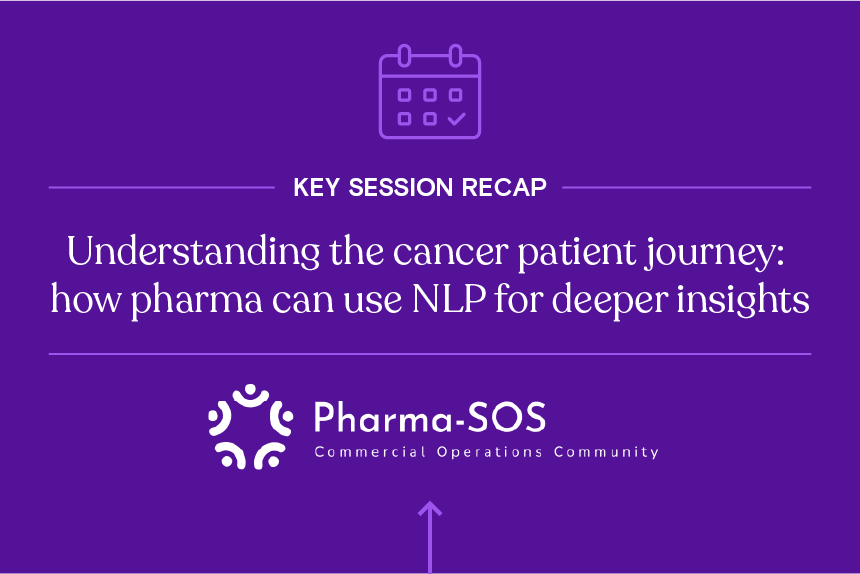For many children and young adults with attention deficit hyperactivity disorder (ADHD), the school year can be a challenging time.
For nearly a year now, medications like Adderall and its generic alternatives have been difficult to find. Many students with ADHD have resorted to rationing pills or skipping doses because local pharmacies were out of stock. Without the medication they need to regulate their brain, many students with the condition perform poorly in class, have trouble doing homework, and may strain their relationships.
Unfortunately, drug shortages are nothing new, and ADHD medication isn’t the only treatment in short supply at the moment. Drug shortages in the U.S. are nearing an all-time high and many critically needed medications are scarce. Thankfully, healthcare providers, businesses, and government agencies are working to address the shortages.
In part one of this blog series, we’ll look at some of the medications that are in short supply and explore some of the underlying reasons behind the shortages. In part two, we’ll discuss what can be done to fix or reduce the impact of this problem.
What medications are in short supply now?
Drug shortages have serious consequences. Patients may experience delays or disruptions to potentially life-saving treatments, and increased costs in search of alternative care. Healthcare providers, meanwhile, may ration drugs or prescribe medications that are less effective or have a longer list of side effects.
As of Q2 2023, the University of Utah Drug Information Service identified 309 active drug shortages in the U.S.—the most in nearly a decade and rising sharply over the last few years. Several therapeutic categories have been hit, ranging from everyday antibiotics to chemotherapy drugs and hormone therapies.
Shortage of common chemotherapy medications
Cisplatin is a type of chemotherapy drug that stops or slows the growth of cancer cells and other rapidly dividing cells and causes them to die. It’s commonly used to treat patients with cancer affecting the bladder, ovaries, testicles, and some other parts of the body.
According to a 2023 survey conducted by the National Comprehensive Cancer Network, 70% of cancer sites reported a cisplatin shortage and 93% of sites reported a shortage of carboplatin, a common alternative to cisplatin.
Using healthcare commercial intelligence from the Atlas Dataset, we can see that the demand for cisplatin drug prescriptions is not being met by supply.
Cisplatin 10mg injection scrips per patient
Fig. 1 Scripts per patient of Cisplatin 10mg injections from the beginning of 2022 to June 2023.
The chart shows a decline in the number of scripts for cisplatin per patient month over month for the last year and a half. While there is an increase in patients using this drug, there is not a corresponding increase in prescriptions, suggesting that the supply of scripts is not meeting the demand.
The shortage for cisplatin is so dire that the FDA allowed the U.S. to import unapproved cisplatin from Chinese manufacturers in May 2023. The shortage also paints a grim picture for cancer patients. A cancer diagnosis is already crushing, but it must be devastating for a patient to hear from their doctor that the hospital can’t get its hands on the drug that could save their life.
As a result of these shortages, doctors have made tough decisions on giving patients the care they need while managing a dwindling supply of drugs. In some cases, there is an alternative or generic drug that can be reasonably substituted. If not, doctors may delay or reduce the dosage of a patient’s treatment, which may in turn reduce the likelihood of a positive response to the drug. If neither choice is viable, the clinic may be forced to send the patient to a clinic or hospital that still has these medications available.
Disruptions in gender-affirming care
Drug shortages are also affecting transgender patients seeking hormone replacement therapies. Our data shows a similar decline in scripts per patient from the beginning of 2022 to June 2023.
Intramuscular estrogen replacement injection scripts per patient
Fig. 2 Scripts per patient of intramuscular estrogen replacement injections month over month from the beginning of 2022 to June 2023.
While doctors may be able to find workarounds for cancer drugs or certain other medications, shortages of hormone therapies can affect trans patients in many ways. Trans women unable to access estrogen replacement injections, one of the most prescribed hormone products, risk experiencing acute menopause, may feel anxious or depressed, or develop osteoporosis. Reducing or delaying estrogen injections can also result in reversing certain physical changes in a trans woman’s transition.
There are many other drugs beyond injectable estrogen, chemotherapy treatments, and ADHD medications currently in short supply. In June 2023, Pfizer announced a shortage of bicillin and said it would likely take a year for the company to increase production to meet demand. Bicillin, a type of penicillin, is a crucial antibiotic used to treat syphilis. Scarcity likely will worsen the ongoing syphilis epidemic in the U.S. Other drugs in short supply include treatments for certain heart conditions, a cure for lead poisoning, and more. You can check the FDA for a continually updated list of drug shortages.
What is causing all the drug shortages?
There are many reasons drug shortages occur. The FDA reports that manufacturing and quality issues are the primary reason some products may be in short supply. Other factors, like natural disasters or geopolitical conflicts, can also interrupt the flow of drugs from manufacturers to end-users. In some cases, there may be a shortage of medication simply because it is no longer profitable for a manufacturer, and other companies struggle to fill the gap. Let’s dig into a few common reasons.
Manufacturing and quality issues
Quality control problems and manufacturing are considered to be the single largest drivers of drug shortages in the U.S. and are responsible for more than 60% of shortages throughout the 2010s. These issues can range from failures in equipment or machinery to contaminated batches of medications. Drugs that fail to meet quality standards due to poor quality management practices can’t be released into the market, resulting in a shortfall of supply.
Such problems are more likely to impact older, less expensive drugs because manufacturers of these products operate on slim profit margins in comparison to companies that make newer, branded drugs.
For example, sterile injectables like IV saline and propofol (a common anesthetic) are critically important to healthcare providers but are currently in shortage, likely because these are less profitable drugs that also require expensive, complex processes to make. Low payment rates and tight margins create little incentive for manufacturers to enter and remain in the market or invest in improving their production lines. Without those improvements, production stoppages would become more frequent and more persistent.
Natural disasters and seasonal illness
The pharma supply chain is a complex web of suppliers, manufacturers, distributors, and middlemen, and it can be particularly vulnerable to disruptions caused by natural disasters and other adverse events.
In July, a tornado damaged a Pfizer factory that makes 25% of the company’s sterile injectables used in U.S. hospitals. This will likely result in long-term shortages while Pfizer shifts production or rebuilds. This may be difficult, however, as the raw materials for their products—usually made elsewhere—would have to be rerouted to other locations, and workers may have to be trained on how to make a new product.
Unanticipated demand spikes, like a seasonal illness, can also cause drug shortages. In 2022, the U.S. faced a “tripledemic” as cases of influenza, COVID-19, and respiratory syncytial virus (RSV) were rising across the nation. This triggered several acute shortages of common over-the-counter medications like ibuprofen and acetaminophen as worried shoppers scooped up bottles of pills in preparation for getting sick. With flu season fast approaching, a resurgent tripledemic could cause another shortage.
Overreliance on outsourcing
Another primary driver of drug shortages is the United States’ general overreliance on sourcing drugs from countries overseas.
A 2023 Senate report found that nearly 80% of manufacturing facilities that make active pharmaceutical ingredients (the key component that gives a drug its intended effect) are located predominantly in China or India. The report concludes that foreign government investments, lower costs, and a lax regulatory environment encouraged pharmaceutical companies to shift production overseas throughout the last several decades. More stringent regulatory standards and environmental concerns in the U.S. may also disincentivize companies from making manufacturing plants domestically.
As a result of these tactics, the U.S. has not been able to maintain manufacturing capabilities domestically and is likely more vulnerable to global catastrophes and shifts in market forces it has little visibility into.
What can be done to address the drug shortages?
Drug shortages are chronic issues that prevent patients from getting the care they need. Taking action to reduce the number of shortages requires a collaborative effort involving the federal government, pharmaceutical companies, and healthcare organizations.
Fortunately, policy recommendations and strategies are actively being planned to address drug shortages. Stay tuned for part two, where we’ll dig into what the most prominent and impactful strategies are, and how viable they may be.
If you’re a healthcare provider, biopharma company, or a business that operates along the supply chain, drug shortages may be impacting you in many ways. Healthcare commercial intelligence can help you make more informed decisions about manufacturing and distribution, improve your supply chain forecasting, manage risk, and much more. Sign up for a free trial to access our healthcare commercial intelligence and unlock your next opportunity.





